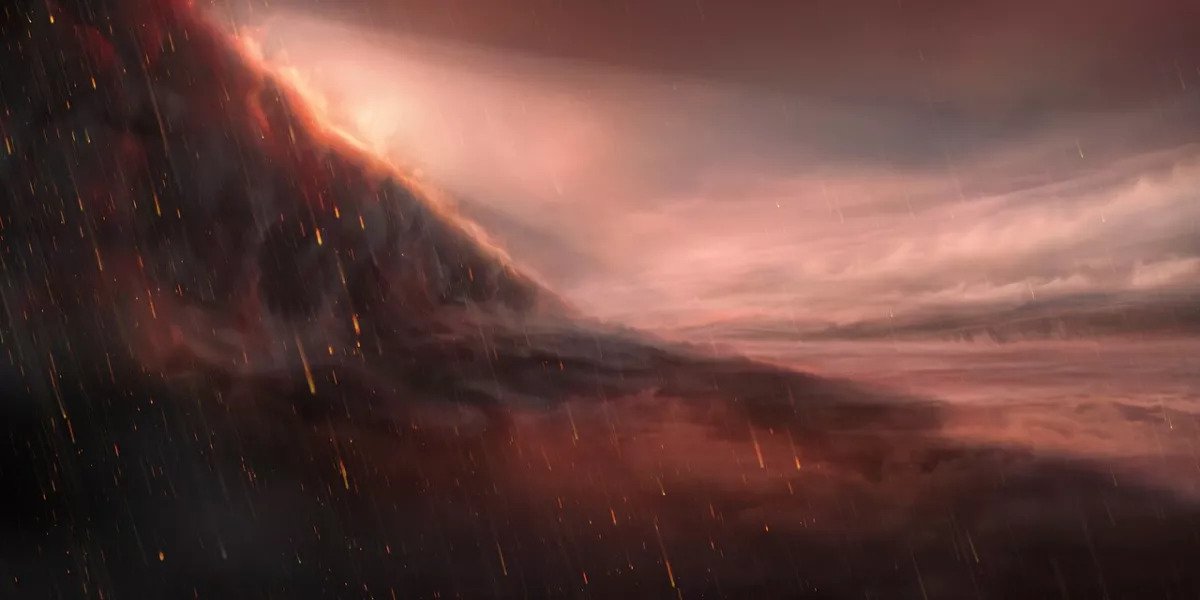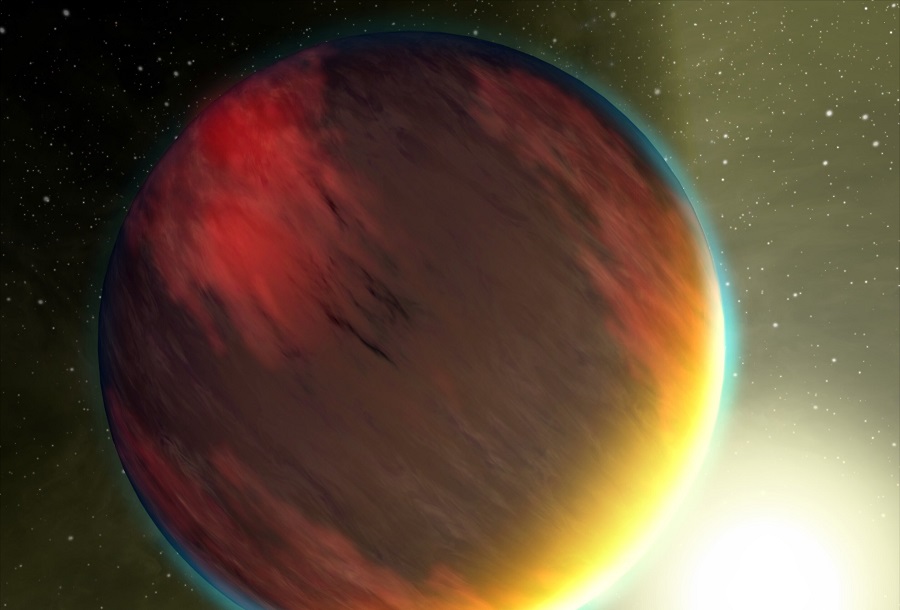Astronomers hope that the resolution of the James Webb space telescope will allow studying clouds on “hot Jupiters”. Some of them have such a high temperature that corundum and perovskite, which are considered precious stones on Earth, turn into gas.

Exoplanets where jewels form clouds
Scientists working with the James Webb Space Telescope (JWST) expect that its resolution will allow them to study clouds in the atmospheres of “hot Jupiters”. These gas giants are so close to their vision that the temperature of their atmospheres reaches 2000 degrees Celsius.
Under these conditions, even stones turn into a gaseous state. Such precious stones as corundum and perovskite turn into clouds. And the capabilities of the new space telescope are enough to observe them in the atmosphere of the planet and use a spectrograph to find out their composition.
These clouds of solid substances on Earth have already been studied by scientists. For example, in 2017, a Very Large Telescope (VLT) discovered titanium oxide in the atmosphere of WASP-19b. And in 2020, it was also able to see gaseous iron on the daytime side of the “hot Jupiter” WASP-76b.
The last is an excellent example of a tidal-trapped planet. On the side that is always turned to the star, the temperature reaches 2200 degrees Celsius, and on the “night” — only 1500. This difference is enough for iron clouds to rain molten metal over the dark side.
Amazing planetary atmospheres
Previously, the instruments allowed only to determine the “jewels” in the atmosphere. And JWST will be able to see the clouds and learn a lot about the atmospheres. For example, it is expected that on WASP-19b, titanium oxide causes a temperature inversion and the upper layers of the gas shell are hotter than the lower ones.
In fact, James Webb has already made the first discovery in the atmosphere of another planet. It discovered water clouds on WASP-96b, where, as previously thought, they were not. In the future, scientists plan to use the JWST spectrometer to study WASP-121b. This ultra-hot Jupiter is located 850 light-years away from us and is the first known planet with a stratosphere of water vapor.

Another interesting object for research is HD 80606b. This “hot Jupiter” turns into an eccentric orbit, sometimes approaching its star by 4.5 million km, sometimes moving away from it by 131 million km. As a result of temperature changes in its atmosphere, winds should arise 15 times faster than sound.
Atmospheres of stone planets
But JWST’s research will not be limited to “hot Jupiters” alone. After all, the hot atmospheres of smaller planets are also very interesting. In particular, scientists are interested in whether it is hot enough at 55 Cancri e close to us for rains of molten stones to fall there.
And of course, the search for “scientific jewels” will not take place without the TRAPPIST-1 system containing seven Earth-like planets. On each of them, the telescope will try to detect clouds.
According to www.space.com
Follow us on Twitter to get the most interesting space news in time
https://twitter.com/ust_magazine
